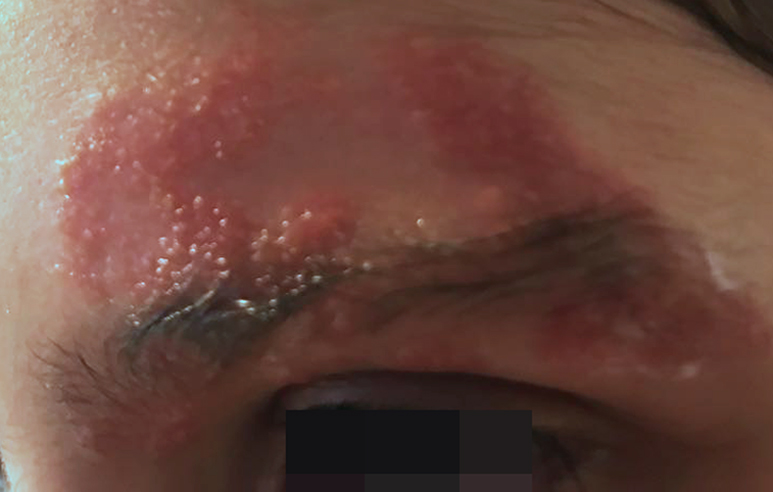Flare up of tinea corporis at the beginning of antifungal therapy.

Downloads
DOI:
https://doi.org/10.26326/2281-9649.27.4.1507How to Cite
Abstract
The inflammatory reaction exhibited by the patient is not attributable to an allergy to the oral fluconazole, which has never been suspended nor to the topical tioconazole that after 2 days of prudent suspension has been resumed without any problem. Instead, we believe that it is due to the rapid lysis of fungal organisms induced by therapy with consequent release of non-specific or immunologically specific substances active on inflammation. Dermatophytids in the course of dermatophytosis, acute inflammation in the kerion, the lack of inflammation in some chronic mycoses, the increased frequency of mycoses in subjects with immunodeficiencies are some of the clinical data that testify the role of immunity in subjects with even superficial mycoses. Specific immunological reactions to dermatophytes have been demonstrated both in vivo with intradermal tests and in vitro using various methods (1, 2).
